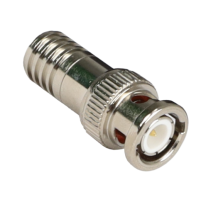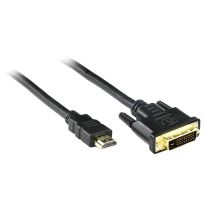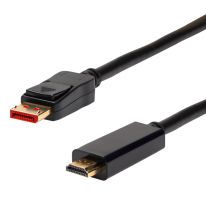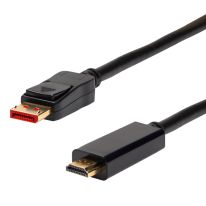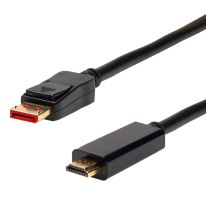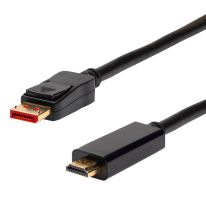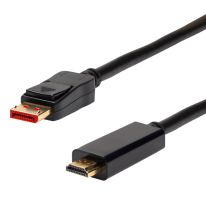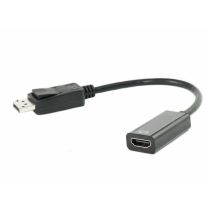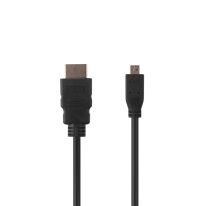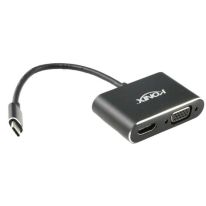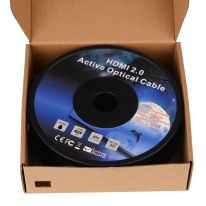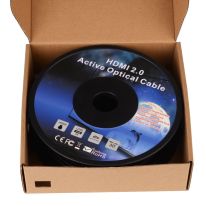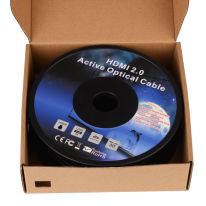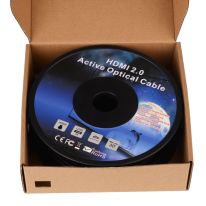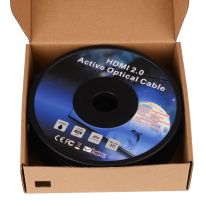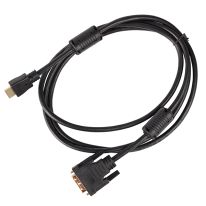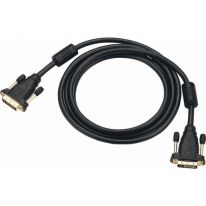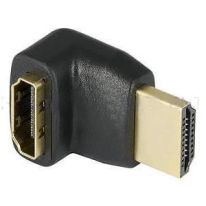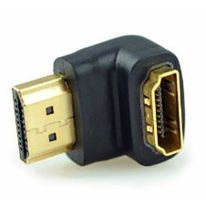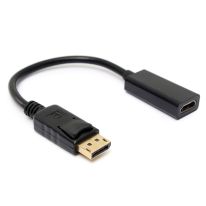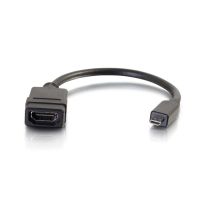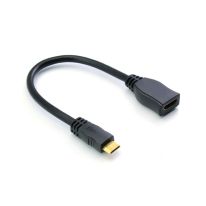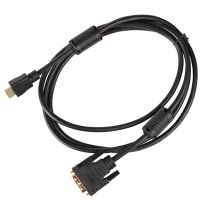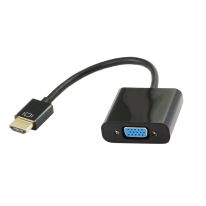Video Cables
121 Results
-
-
-
SKU: 022.002.0341 1.5m DisplayPort Male to HDMI® Male Cable | Supports 4K @60Hz as specified in HDMI 2.0$36.61 $33.28
In stock
-
SKU: 022.002.0345 5m DisplayPort Male to HDMI® Male Cable. Supports 4K@60Hz as specified in HDMI 2.0$48.05 $43.68
In stock
-
SKU: 022.002.0343 3m DisplayPort Male to HDMI® Male Cable | Supports 4K @60Hz as specified in HDMI 2.0$41.18 $37.44
In stock
-
SKU: 022.002.0342 2m DisplayPort Male to HDMI® Male Cable | Supports 4K @60Hz as specified in HDMI 2.0$37.75 $34.32
In stock
-
SKU: 022.002.0340 1m DisplayPort Male to HDMI® Male Cable | Supports 4K @60Hz as specified in HDMI 2.0$33.18 $30.16
In stock
-
-
-
SaleSKU: 005.004.0203 USB 3.1 Type-C Male to VGA & HDMI® ConverterSpecial Price $59.82 $54.38 Regular Price $79.75 $72.50
In stock
-
SKU: 022.009.4550 Detachable 50m Premium High Speed HDMI® cable with Ethernet | Active Optical Cable |AOC cable | Supports 4K@60Hz as specified in HDMI 2.0$250.64 $227.85
In stock
-
SKU: 022.009.4530 Detachable 30m Premium High Speed HDMI® cable with Ethernet | Active Optical Cable |AOC cable | Supports 4K@60Hz as specified in HDMI 2.0$199.49 $181.35
In stock
-
SKU: 022.009.4515 Detachable 15m Premium High Speed HDMI® cable with Ethernet | Active Optical Cable |AOC cable | Supports 4K@60Hz as specified in HDMI 2.0$173.17 $157.43Out of stock
-
SKU: 022.009.4570 Detachable 70m Premium High Speed HDMI® cable with Ethernet | Active Optical Cable |AOC cable | Supports 4K@60Hz as specified in HDMI 2.0$314.99 $286.35
In stock
-
SKU: 022.009.4510 Detachable 10m Premium High Speed HDMI® cable with Ethernet | Active Optical Cable |AOC cable | Supports 4K@60Hz as specified in HDMI 2.0$164.89 $149.90
In stock
-
SaleSKU: 022.002.0310 10m HDMI® Male to DVI-D Dual Link MaleSpecial Price $25.74 $23.40 Regular Price $36.77 $33.43
In stock
-
SaleSKU: 004.018.0009 DVI-Digital to DVI Digital M-M: 0.5mSpecial Price $9.63 $8.75 Regular Price $13.75 $12.50
In stock
-
-
SKU: 005.008.0071 HDMI® Up Right Angled 90 Degree Adaptor | Supports 1080p@60Hz as specified in HDMI 1.4$5.72 $5.20
In stock
-
-
-
SaleSKU: 022.002.1010 HDMI® Female to Mini HDMI "HDMI Type C" Male Adaptor - 13cmSpecial Price $8.56 $7.78 Regular Price $12.22 $11.11
In stock
-
SaleSKU: 022.002.0303 3m HDMI® Male to DVI-D Dual Link MaleSpecial Price $13.15 $11.95 Regular Price $18.78 $17.07
In stock
-







